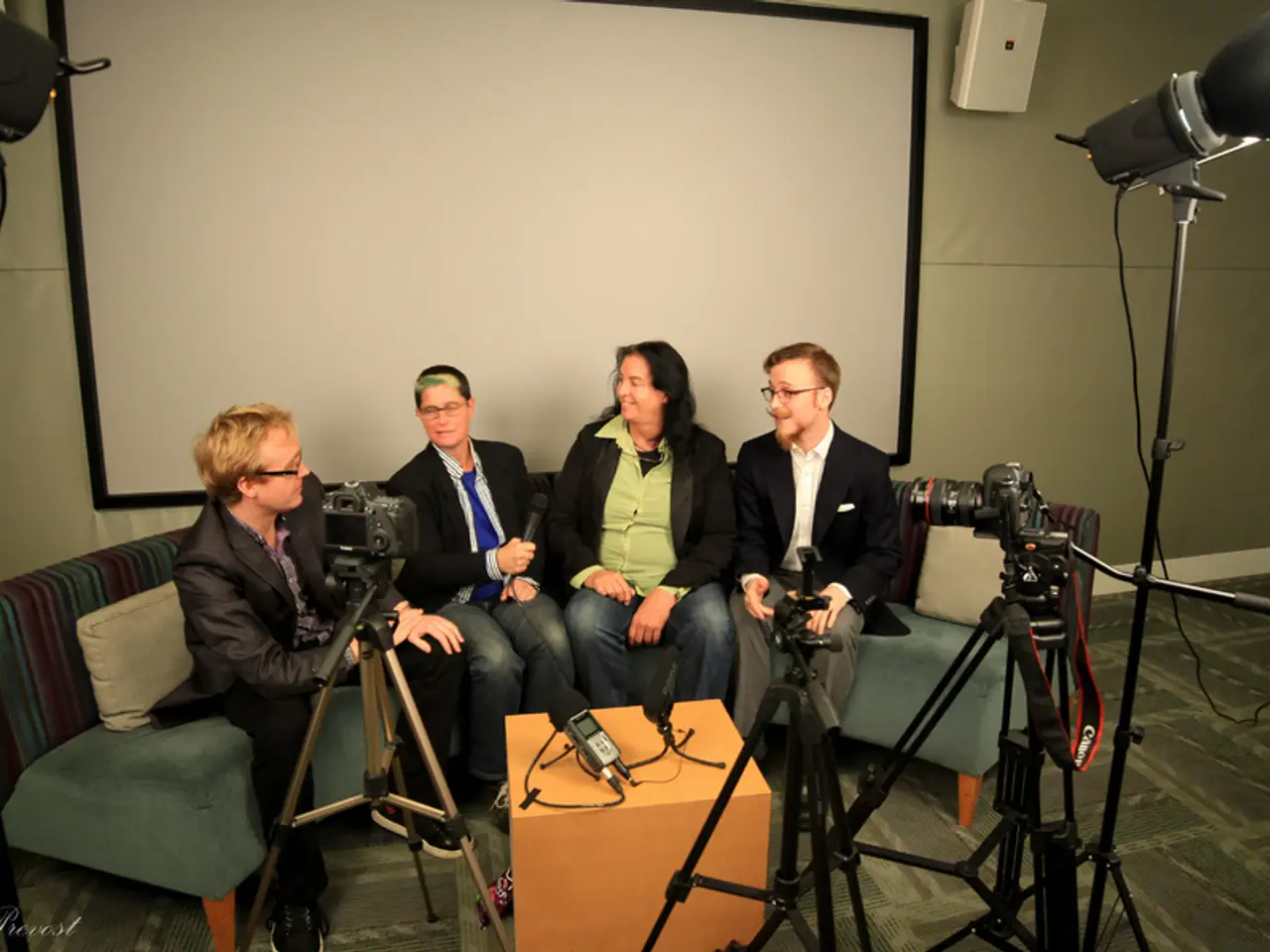Tutorial for Encouraging Leadership Progression
In today's fast-paced business environment, it's crucial for organizations to focus their leadership development efforts on building competencies that drive key business objectives. This article discusses strategies for improving leadership development programs to ensure they remain relevant and effective.
Effective strategies for continuously updating leadership development program content involve regularly incorporating industry trends and participant feedback through systematic evaluation, flexible content design, and ongoing engagement.
Regular assessment of leader readiness and program relevance is essential. Tools like simulations, 360-degree assessments, and pulse check-ins help understand leaders’ current capabilities and gaps before delivering content. This tailors the material to participant needs and ensures relevance to evolving leadership challenges.
Aligning content updates with shifting business priorities and industry trends is also crucial. Regular reviews and strategic alignment of leadership competencies with current organizational goals and external market dynamics keep the program impactful. For instance, if innovation or digital transformation becomes critical, update competencies and learning modules to emphasize these areas.
Embedding iteration and reflection loops instead of one-time completion celebrations encourages continuous growth. Replace static milestones with ongoing peer circles, reflection sessions, and tracking of applied behaviors to foster sustained learning.
Utilizing diverse, multi-modal learning approaches provides a comprehensive learning experience. Combine foundational instruction with experiential learning, mentoring, peer coaching, and action learning projects that reflect real-time business challenges.
Leveraging participant feedback via structured mechanisms is key to content refinement. Implement regular feedback collection from participants and mentors through 360-degree evaluations, coaching sessions, and anonymous surveys.
Technology can be leveraged for timely content delivery and reinforcement. Micro-learning modules, AI coaching simulations, and dashboards tracking learning outcomes enable continuous reinforcement and real-time adaptation of content based on user interactions and progress signals.
Maintaining a culture of continuous improvement is vital. Encourage a mindset across the organization that values ongoing learning, curiosity, and responsiveness to emerging trends. This cultural underpinning supports persistent content modernization aligned with both participant needs and a changing business landscape.
The audience should be segmented by leadership levels: emerging leaders, mid-level managers, and senior executives. Gathering feedback through end-of-session surveys and follow-up assessments is important to understand the effectiveness of the program and identify areas for improvement.
By following these strategies, organizations can create a culture of growth that improves overall performance and prepares future leaders. Diverse formats should be utilized in training, including live sessions, on-demand videos, self-paced modules, role-playing, and AI-driven platforms. Periodic content reviews with subject matter experts should be scheduled to ensure compliance with evolving regulations and best practices.
A strategy for developing effective leadership programs is to ensure continuous growth by creating loops for iteration and reflection that focus on ongoing peer circles, reflection sessions, and tracking of applied behaviors. (Embedding iteration and reflection loops)
In order to remain relevant and effective, it is essential for organizations to regularly align content updates with shifting business priorities, industry trends, and strategic alignment of leadership competencies with current organizational goals. (Aligning content updates with shifting business priorities and industry trends)
By incorporating industry trends, participant feedback, and diversity in learning approaches, organizations can create comprehensive learning experiences that foster personal growth, career development, and skills training, ultimately preparing future leaders and improving overall organizational performance. (Utilizing diverse, multi-modal learning approaches provides a comprehensive learning experience)




